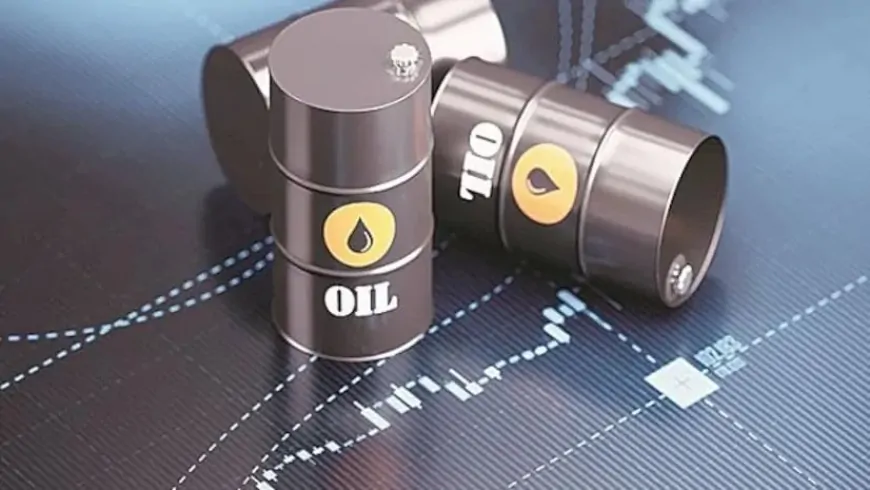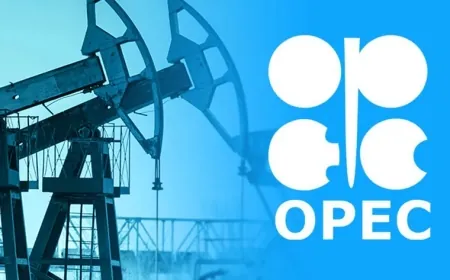US Sanctions Cause Oil Price Surge as Iran and Russia Struggle to Sell Crude
US sanctions on Iran and Russia restrict oil sales, reducing tanker availability and driving crude prices up. See how these trade barriers impact global markets.

Tighter U.S. sanctions on Iranian and Russian oil are making it harder for these countries to sell their crude, leading to an increase in global oil prices. With fewer buyers and limited access to shipping, large amounts of oil are stuck on tankers, waiting for a place to go.
How Sanctions Are Impacting Oil Trade
Since last year, the U.S. has ramped up restrictions on companies dealing with Iranian and Russian oil. This has disrupted trade with major buyers like China and India. Recently, former President Donald Trump reintroduced strict policies aimed at cutting Iran’s oil exports to zero, hoping to curb its nuclear ambitions.
Because of these sanctions, Iran has been struggling to find ships willing to transport its oil. Many shipping companies fear penalties and are avoiding Iranian crude altogether. Xu Muyu, an analyst at Kpler, said Iran has faced major shipping problems since late 2023.
Tanker Shortages and Floating Oil Storage
China’s Shandong Port Group recently banned sanctioned oil tankers from docking at key ports. This decision has made it even harder for Russian and Iranian oil to reach buyers. Since many Chinese refiners rely on these oil supplies, the ban has created a bottleneck, leaving millions of barrels of crude floating at sea.
According to shipping data, 57% of the large crude carriers transporting Iranian oil to China are now under U.S. sanctions. This has pushed Iran’s oil storage at sea to its highest level in over a year, with most of it stuck near Singapore and Malaysia. Some estimates suggest as much as 73 million barrels of Iranian oil are sitting in storage, waiting for buyers.
Despite these challenges, Iran’s oil exports bounced back in January to nearly 1.8 million barrels per day after hitting a two-year low in November. However, experts believe even more Iranian oil is being traded through unofficial means, such as turning off ship tracking systems and transferring oil between ships at sea.
Higher Oil Prices and Supply Chain Disruptions
Since fewer ships are available for transporting oil, prices are climbing. The discount on Iran’s main crude product has narrowed significantly, meaning buyers are paying closer to market rates. Two months ago, Iranian oil was selling at a $2.50 discount per barrel compared to international prices, but now that discount is only 50 cents.
Russian Oil Facing Similar Struggles
Russia is also feeling the impact of tougher sanctions imposed earlier this year by the Biden administration. These new restrictions have increased costs for refiners in China and India. Russian ESPO crude is now selling at its highest price in more than two years, making it more expensive for buyers.
Transporting Russian oil has also become more costly. Shipping a single cargo from Russia’s Far East to northern China now costs around $4.5 million per voyage—almost three times what it did before the sanctions. Although prices have come down slightly from the $7 million peak, shipping costs remain high.
Kpler data shows that Russian oil sitting on tankers reached a two-month high of 88 million barrels in late January, a 24% jump from earlier that month. However, exports have started to slow, and some cargoes have finally been delivered.
Changes in Oil Trade Patterns
With Iranian oil facing so many obstacles, some ships that used to transport it are now switching to Russian crude instead. As U.S. sanctions continue to reshape global oil trade, buyers and sellers are adapting, leading to supply chain delays and fluctuating prices.
Also Read: Indian Oil Companies in Talks to Buy U.S. LNG to Boost Energy Supply





























































